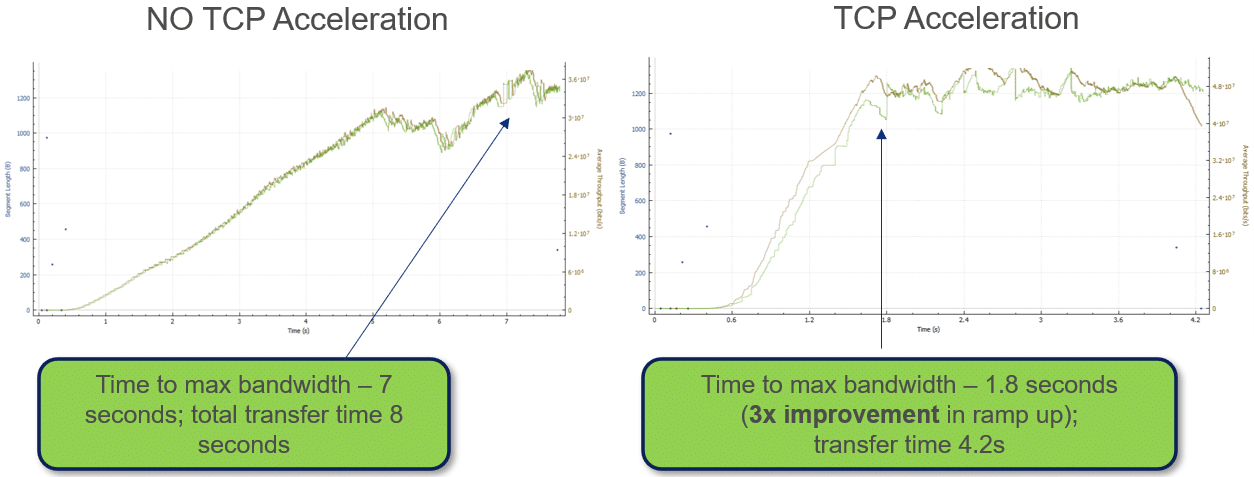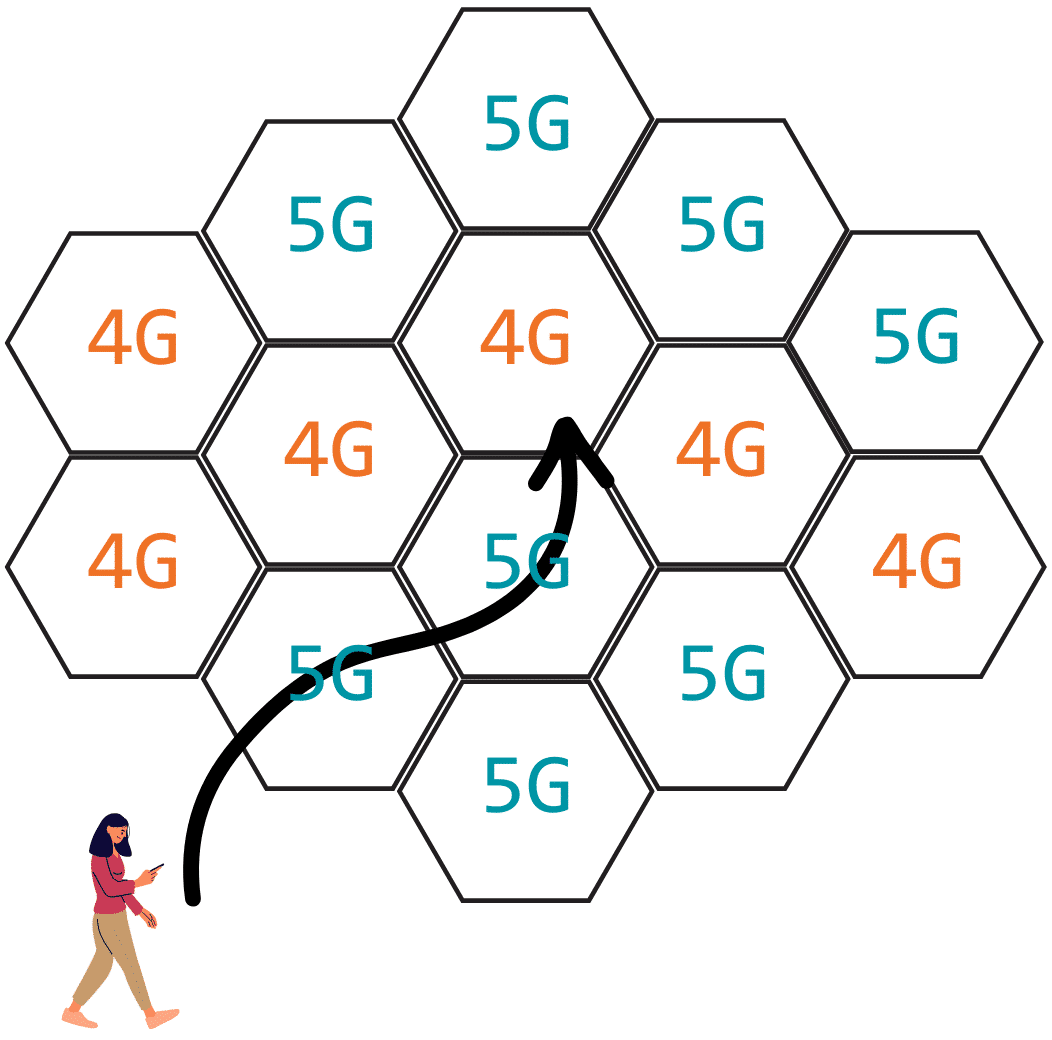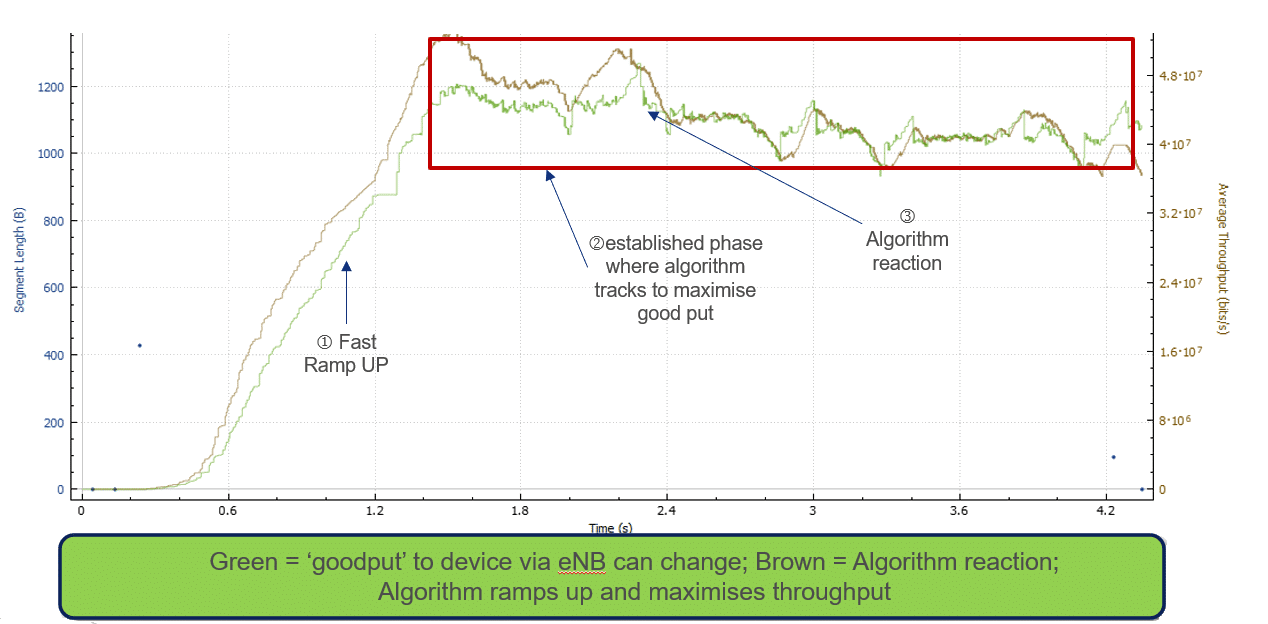TCP Acceleration – Smart Optimization Across 5G & 4G
In previous articles on data traffic management we discussed the core transport protocols for data between device and the internet: TCP (transmission control protocol) and UDP (user datagram protocol). These two, in their various forms, are the backbone of communicating everything from streaming video to your latest Wordle challenge. They have different characteristics and, in the case of TCP how the data connection is used can be greatly enhanced by modifying key parameters, both in the start up phase and during the life of the connection.
The purpose of this acceleration is straightforward, to improve the end-user experience, by maximising available bandwidth. Matching the protocol to the transport is key, it is about adaptation. We also know that the the mobile network is a mix of radio technologies in 4G, 5G in varying forms. As an example in the UK we know that 5G rollout is not complete, with the UK government estimating completion by 2030. A mobile user travelling (or an external testing company doing a Drive Test assessment) will experience differing connectivity as they move.
The challenge for optimizing transport protocols like TCP is maximizing the bandwidth available but also being able to handle transitions as the user is mobile and moving between different coverage. 5G data speeds can be 10X that of 4G. To achieve a smooth user experience it is about maximising radio use but also reacting to a change down in maximum bandwidth if the user transfers between 5G and 4G (or vice versa to a change-up in bandwidth if the transition is opposite.
The benefit of TCP acceleration is proven. An example in the graphs below, shows a 3X improvement in ‘ramp up’ time [the time it takes to reach max bandwidth], which results in a significant improvement in data transfer time.
The initial phase of connectivity is important but also monitoring and reacting continuously during the life of the radio connection. The Enea TCP algorithm moves into a probing phase where the measurement of both packet loss and round trip time, trigger reaction. Another critical factor is the Radio Access Type (RAT). The type of radio is detected from the network and not in the TCP protocol itself. This sets the maximum bandwidth level the protocol acceleration level is trying to achieve, in a simple example trying to achieve a 5G speed across a 4G network (not using aggregated radio) would not be possible and would result in a flood of lost packets and retransmissions. When looking at the data packets transmitted and acknowledged we are estimating the good throughput (aka ‘goodput’) achieved, avoiding estimating for retransmissions, lost or rejected packets.
In the example below the green line is the Enea Algorithm reacting to the bandwidth changes. A closely correlated response to bandwidth changes (how close the lines are together) is indicative of good utilization of the available physical bandwidth. Good utilization of the available bandwidth results in a fast download for the user and a better experience.
The continuous, automated & intelligent reaction to changes in bandwidth the TCP acceleration function ensures a smooth, fast (10-25% more on average), transfer of data between device and internet, not overloading the network.
TCP acceleration is a core function in improving the quality of experience measurement in network access and achieving ‘Best’ Network Status. It ensures an enhanced quality of experience when accessing data on the move.
Review our Enea capabilities for managing data traffic @ https://www.enea.com/solutions/traffic-management/






